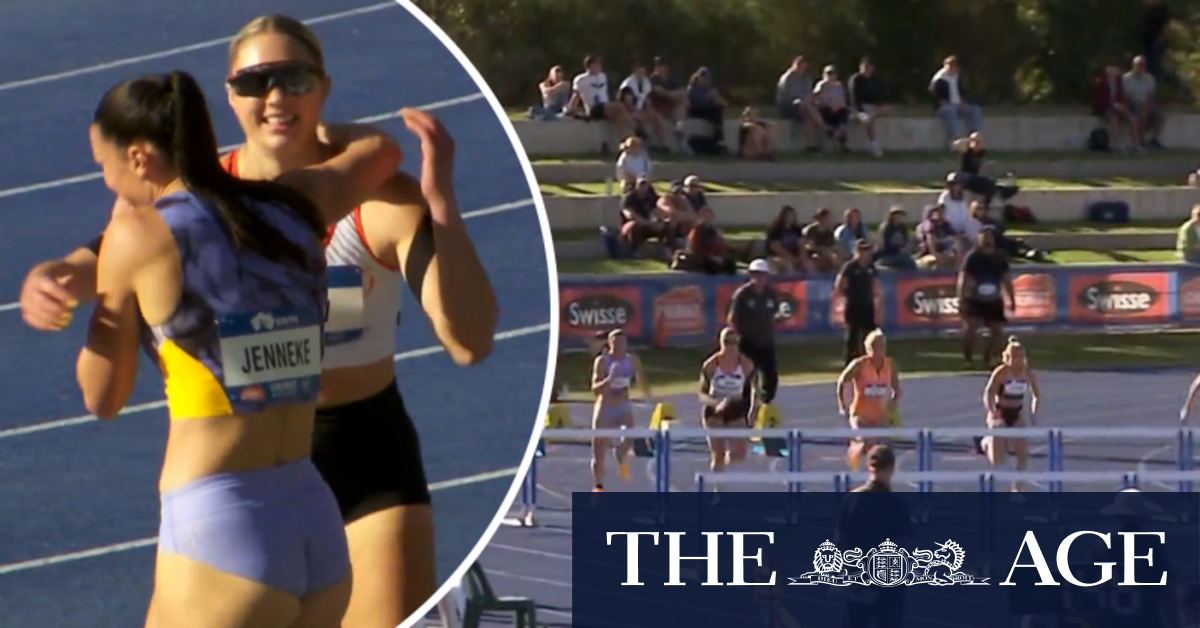Waco projects associated with Baylor University’s Paul and Alejandra Foster Pavilion, including a parking garage and nearby streets, are on track for a tight completion by game day on Jan. 2, city officials say.
“As council knows, this is a construction site and it will continue to be after Jan. 1, 2024,” Assistant City Manager Paul Cain said at a Tuesday work session. “So what you see today may or may not be the final plan once all the work is done, but we believe it’s a great start to get us to that first game.”
The basketball pavilion is set to be in a playable condition by January and fully complete by July, according to Cain’s presentation to the Waco City Council on Tuesday. Webster Avenue bordering Catalyst Urban Development’s Riverfront Lofts is nearing completion, and street projects on Clay Avenue and University Parks Drive are shaping up to give access to the city’s new parking garage, with parking and traffic plans in place for the arena’s first game. The Baylor men’s basketball team is scheduled to play the first game in the arena Jan. 2 against Cornell University.
People are also reading…
The 455-space garage is constructed but will be bare, with the parking decks visible for the first game day at the new arena. Work on the garage’s nearly $10 million facade will be completed from January through late July.
Officials have referred to the riverfront worksite surrounding Baylor’s Paul and Alejandra Foster Pavilion, where multiple entities are tackling projects, as the “ant hill.”
The side of the garage facing the space between it, the pavilion and Clifton Robinson Tower, called the pavilion plaza, will don Baylor images and a large video board. Cain said there will soon be a change order to contracts with AECOM and Austin Commercial, which Baylor will pay for, to streamline the video board.
Facing Clay Avenue there will be iconic Waco images, including the first fire station, Sandtown and A.J. Moore High School students, which will sit across from a historical marker dedicated to the former school that served Black students near the site in the late 19th and early 20th centuries.

A rendering shows the parking garage’s mesh facade, with opportunities for advertising and a video board visible from the Foster Pavilion basketball arena.
For the garage structure itself, Cain said one issue currently is finding an elevator vendor, with hopes of having elevators delivered within the next week. If the city is able to get one elevator operational by Jan. 2 it will be able to use all 455 spaces for parking. If not, for fire safety, it may only use the first four floors, or 344 spaces, he said.
“We have every belief that it will be parkable, as we’re calling it, on Jan. 2,” Cain said.
The city recently issued a request for qualifications for commercial and retail brokers to fill the 19,000 square feet of space on the garage’s ground level, with responses due later this month.
Deputy Utility Director Charles Leist, who has served for years as the city’s day-to-day project lead, talked about barriers to the project so far, one being the logistics of the “ant hill.”
The conglomeration of more than $500 million in projects, three project owners, four design teams, three general contractors, dozens of subcontractors, a public utility and multiple private utilities and outside organizations presents a challenge, as project boundaries have shifted probably 15 times since his first schematic of the city-Catalyst project, Leist said.
“When I think of an ant hill I think of a busy task force working through a bunch of tunnels and coming in and out through one entrance-exit, and a fury of activity on the surface,” he said. “And that really does describe what’s going on here.”

The city’s parking garage next to Baylor’s Foster Pavilion should be parkable by Jan. 1, providing 455 parking spaces for the arena’s first game day Jan. 2. A decorative facade will be added in the following months.
Leist said the 700-foot stretch of Clay Avenue being reconstructed has not been a simple street project.
“We had a ton of stuff to complete in order to allow Clay to be rebuilt, but it was in the middle of everybody’s project,” he said. “And so we need to plan for everybody to be traversing through Clay in order to get the garage built in order to get the pavilion access for the materials they need to bring, in order for Oncor to get their structure across the river.”
Before construction could go vertical, Leist said, careful planning was required to deal with challenging utility projects. Oncor had to bore under the river and place conduit lines. The city has replaced a 54-inch sewer line and has had to carry out street and pipe work on Clay Avenue without disturbing the giant Waco Creek diversion tunnel below.
Utilities are nearly complete, and remaining demolition of the street should wrap up next week. Clay Avenue paving will begin next week if the weather and temperature allows, with paving beginning on University Parks Drive soon after.
Cain said the city is “ambitiously hoping” that most street work, including lanes, sidewalks and some associated landscaping elements, will be complete by Jan. 1, but the non-fundamental pieces could stretch into July.
Baylor and the city have hired the Kimley-Horn firm for traffic and parking plans.
About 1,500 spaces will be available for donors, season ticket holders and top-level supporters in the Catalyst garage near Jackson Avenue, the city pavilion garage, Clifton Robinson Tower lot and at McLane Stadium.
Some 836 public parking spaces will be available in the Franklin Avenue garage, Waco Convention Center and Heritage Square, and there are about 600 more on-street parking spaces within a 15-minute walk of the facility. Shuttles will be available to pick up and drop off at McLane Stadium and Heritage Square, with more shuttles and public lots under evaluation.
“Most urban planners will tell you an interesting walk of 15 minutes is a tolerable walk for people to get to a facility,” Cain said.
To date 2,892 parking spots have been identified. With 7,500 seats and an average of 2.5 people per vehicle, having 3,000 available parking spaces is preferred.
Cain said the plan on game days is to close University Parks Drive between Clay and I-35 to only allow shuttles, and to funnel permitted parkers down Martin Luther King Jr. Boulevard to Franklin Avenue, then to University Parks Drive. Traffic will flow back out the opposite way.
The 21-month, $25 million riverwalk reconstruction from Webster Avenue to Baylor Law School is on track to be bid out in February, with a contract awarded in March if the necessary permits and reviews are completed, Cain said. The Texas Historical Commission will review the city’s archeological report soon, making way for the U.S. Army Corps of Engineers to resume its review. The project could be complete by December 2025.
Cain said he will be back in early December with an update on Catalyst Urban Development’s riverfront projects, whose Phase 1 completion deadline passed in October.
Baylor Athletics: Foster Pavilion Construction Update (August 2023) // via BaylorAthletics on YouTube




